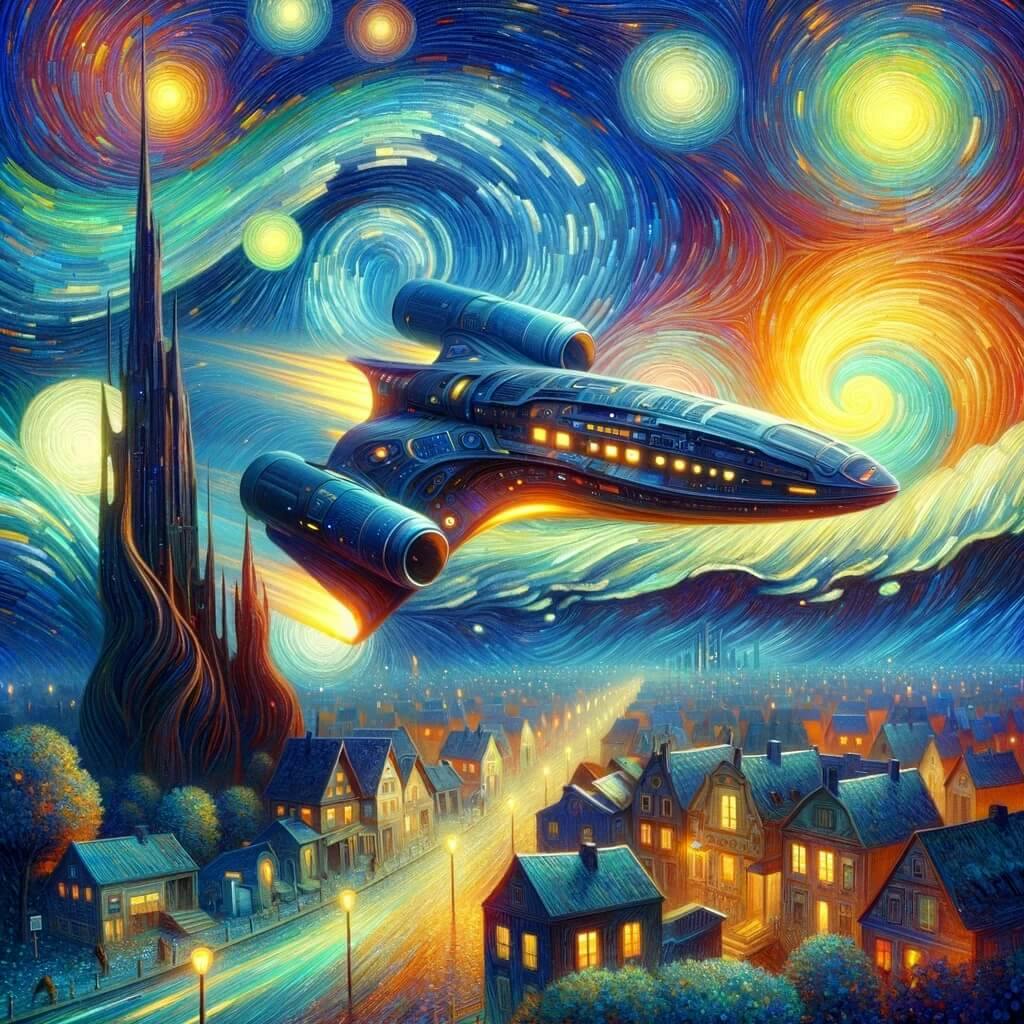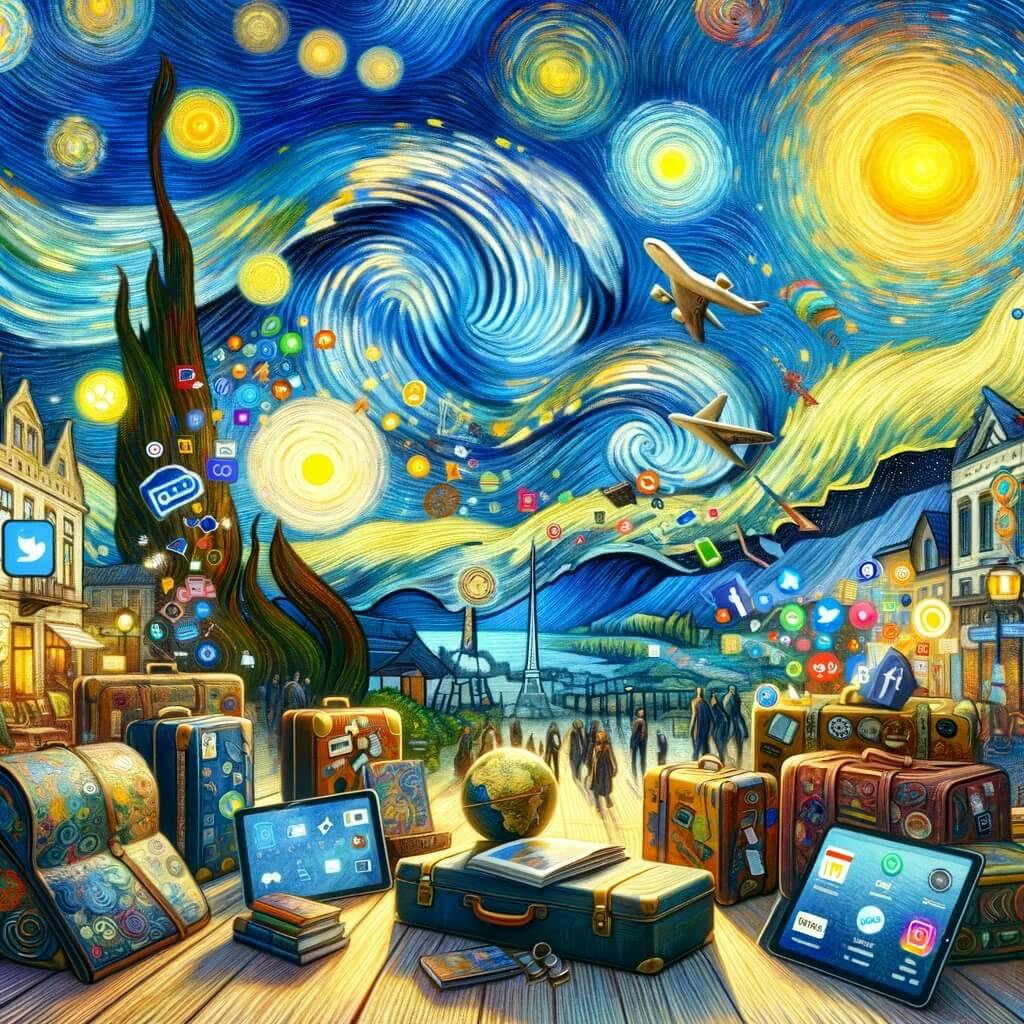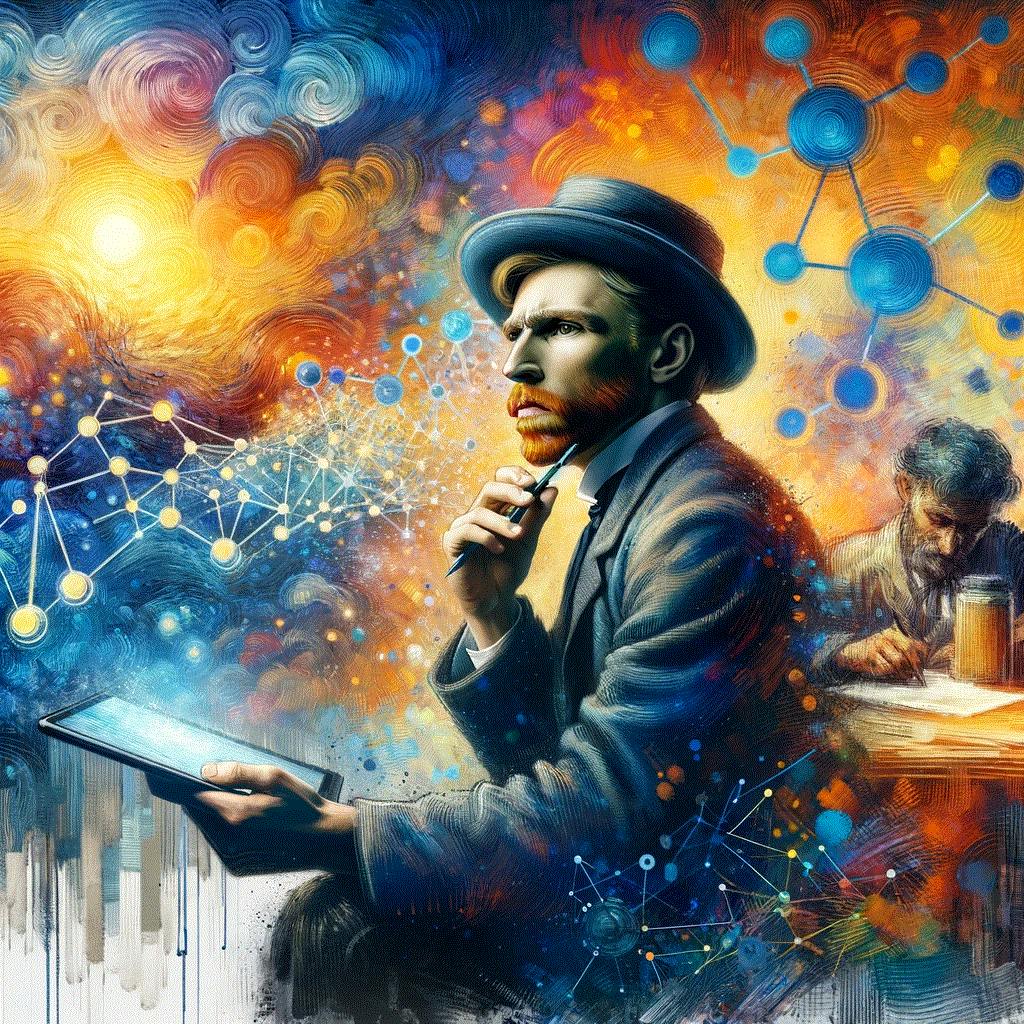Imagine closing your eyes and picturing your dream vacation. Do you feel the warm sun on your skin as you relax on a pristine beach? Or the adrenaline rush coursing through your veins as you trek through a lush jungle? Maybe it's the sense of wonder as you explore ancient ruins, lost in a world of history and culture.
In the crowded world of travel businesses, countless ads bombard us with stunning destinations, services, deals, and promises of unforgettable experiences. But among the endless stream of beautiful photos and catchy slogans, something gets lost – the true emotional power of travel ads.
How can you make potential customers and travelers genuinely feel the anticipation, the joy, and the transformative potential of planning and booking the journeys you offer? The key lies in storytelling. Successful travel marketing doesn't just sell trips; it sells the heart-pounding excitement, the soul-stirring connection, and the memories that will linger long after the suitcases are unpacked.
Let's dive into seven extraordinary travel marketing campaigns that mastered the art of emotional storytelling. We'll dissect what made them tick, uncovering the secrets behind imagery, words, and experiences that ignited wanderlust. Get ready to discover how to paint vivid pictures, not just with pixels, but with the kind of narratives that turn travel dreams into bookings.
Doors of Thrones: When Fandom Becomes Pilgrimage
The Campaign: The "Doors of Thrones" campaign was a brilliant case of understanding the power of a devoted fanbase. Tourism Northern Ireland didn't just capitalize on a popular show; they gave Game of Thrones fans a way to step directly into the world they adored. The intricately carved doors became gateways, each a sacred artifact from a beloved story.
Why it Worked:
- Invitation to Belong: This wasn't just sightseeing; it was a pilgrimage for fans. The campaign made them feel like part of something larger, forging a powerful emotional connection to the places they'd only dreamed of seeing on screen.
- Tangible Connection: The doors were more than props. They were physical pieces of the fictional world made real, giving fans a way to bring the magic home.
- Community Building: The campaign invited participation. Fans could follow a trail, share experiences, and bond with others who shared their passion, extending the experience beyond the visit.
Key Takeaway: "Doors of Thrones" tapped into the emotional investment people have in fictional worlds they love. It's a reminder of the power of shared passions and creating experiences that allow travelers to fully immerse themselves in a story.
Fill Your Heart With Ireland: Where Stories Unfold and Connections are Born
The Campaign: Tourism Ireland understood that it wasn't just about landscapes; it was about the soul within them. Their campaign wasn't a travelogue; it was a collection of intimate moments. Stories of warm encounters in cozy pubs, laughter echoing across windswept cliffs, and shared pints with newfound friends painted a picture of a place where you weren't just a tourist or a visitor, but a welcomed participant in a grand, ongoing story.
Why it Worked:
- The Traveler as Protagonist: The focus wasn't on Ireland in isolation; it was about the traveler's experience within it. The country became the backdrop for their personal story of connection and warmth.
- Authenticity as Currency: The use of traveler narratives built trust. These weren't actors; these were real people sharing transformative experiences, lending the campaign an air of genuine emotion.
- The Promise of Belonging: Ireland wasn't just beautiful; it was inviting. The campaign promised a sense of community, a place where memories are made shoulder to shoulder with locals and fellow wanderers alike.
Key Takeaway: "Fill Your Heart With Ireland" showed that destinations have a spirit just like people. It's a reminder that the travel industry has to showcase the human touch, the moments of laughter and shared experiences, which inspire a longing to be part of something special.
4. Travel Oregon: Where the Weird and Wonderful Meet
The Campaign: Travel Oregon threw the traditional travel marketing budget playbook out the window. Instead of using creative ads relying on sweeping landscapes or promises of relaxation, they embraced their state's quirky charm. Their campaigns were full of playful animations, whimsical characters, and a whole lot of tongue-in-cheek humor.
Why It Worked:
- Invitation to the Unexpected: Oregon didn't just showcase beauty; they promised a sense of delightful surprise. The travel marketers made travel seem like an unpredictable adventure filled with quirky encounters and lighthearted moments.
- Differentiating Through Humor: In a sea of serene beachscapes and majestic mountains, Oregon's offbeat approach made them instantly memorable. They carved out a unique identity that couldn't be easily replicated.
- Embracing the "Weird": Their campaigns tapped into the desire to escape the mundane and find places that celebrate the unusual. They assured travelers that Oregon was a place where they could let their playful side shine.
Key Takeaway: Travel Oregon showed that it's okay to be different in your marketing! Sometimes, quirky storytelling is the best way to capture attention and convey the unique personality of a destination.
5. Yodel Ay Hee Hoo: When a Melody Becomes the Soundtrack of a Country
The Campaign: Switzerland Tourism understood the power of sound to evoke a sense of place. Their simple yodeling song, accompanied by scenes of joyous villagers and breathtaking Alpine vistas, wasn't just catchy; it told a story.
Why It Worked
- Sounds That Evoke Emotion: The yodel, with its playful echoes and sense of boundless space, became synonymous with the freedom and joyful simplicity of life in the Swiss Alps.
- The Simplicity of Joy: The campaign didn't focus on adventure or luxury; it focused on pure, unadulterated happiness. This linked the Swiss experience with a sense of childlike wonder and carefree spirit.
- Iconic Audio Hook: The yodel became instantly recognizable. It served as a sonic postcard, transporting listeners to the Swiss Alps even without visuals.
Key Takeaway: Switzerland Tourism showed that travel marketing can be surprisingly simple. Sometimes, a memorable soundbite or piece of music can be just as powerful as stunning visuals to transport potential travelers and forge an emotional connection.
6. Meliá Hotels International: Where Your Travel Story Begins
The Campaign: Meliá Hotels International understood that their properties weren't just places to stay; they were the settings for unforgettable experiences. Their short films showcased intimate moments: a couple's stolen kiss by the pool, the laughter of children building sandcastles, and the first sip of coffee on a balcony overlooking a bustling city.
Why It Worked:
- The Traveler as the Star: Meliá didn't focus on the hotel itself but on the lives unfolding within its walls. This made potential guests visualize their own stories taking place in these inviting spaces.
- Showcasing Moments: The campaign captured fleeting feelings – relaxation, joy, romance. This promised that a Meliá stay wasn't just a room, but a collection of special memories.
- Variety of Experiences: By featuring different scenarios, Meliá appealed to a wider audience. Families, couples, and solo adventurers could all find something that resonated, broadening their potential customer base.
Key Takeaway: Meliá Hotels International showed that it's the little moments that make travel meaningful. By focusing on the range of emotions a stay can evoke, they made their hotels desirable not for what they have, but for the experiences they make possible.
7. #LifeInHel: When Travelers Become Authors of a Destination
The Campaign: The Faroe Islands turned over the reins of their marketing campaign to the most powerful storytellers of all – the travelers themselves. By curating visitor-submitted photos and videos under '#LifeInHel', they created a living tapestry of the Faroe Islands experience
Why It Worked:
- Authenticity as its Core: User-generated content cuts through the polished veneer of traditional ads. It showed the beauty and charm of the Faroe Islands through the unfiltered lens of real travelers.
- Community and Connection: The campaign became a shared experience. Travelers were active participants, not just passive viewers, fostering a sense of belonging in a unique destination.
- Beyond the Postcard Image: #LifeInHel wasn't just pretty pictures. It showcased the unexpected moments: encounters with locals, the feeling of hiking windswept trails, and the cozy warmth of a village café. This painted a richer picture of the experience.
Key Takeaway: The Faroe Islands understood the power of trust and authenticity. Their campaign showed that sometimes the best storytelling tools are the voices and experiences of excited & engaged travelers.
Conclusion
These campaigns are a powerful reminder to marketers that the best travel marketing isn't about listing locations or advertising their features. It's about capturing hearts and sparking the irresistible yearning to explore. Whether through breathtaking visuals, playful humor, heartfelt stories, or traveler-generated enthusiasm, successful travel campaigns will all have one common thread – they transport us. They ignite our imaginations and make us long to write our own travel customers' stories.
Ready to make your business of travel marketing truly soar? Let's connect! Book a free consultation with LabsMedia today and discover how the power of storytelling technology can transform & increase brand awareness that can inspire your next wave of eager travelers.




